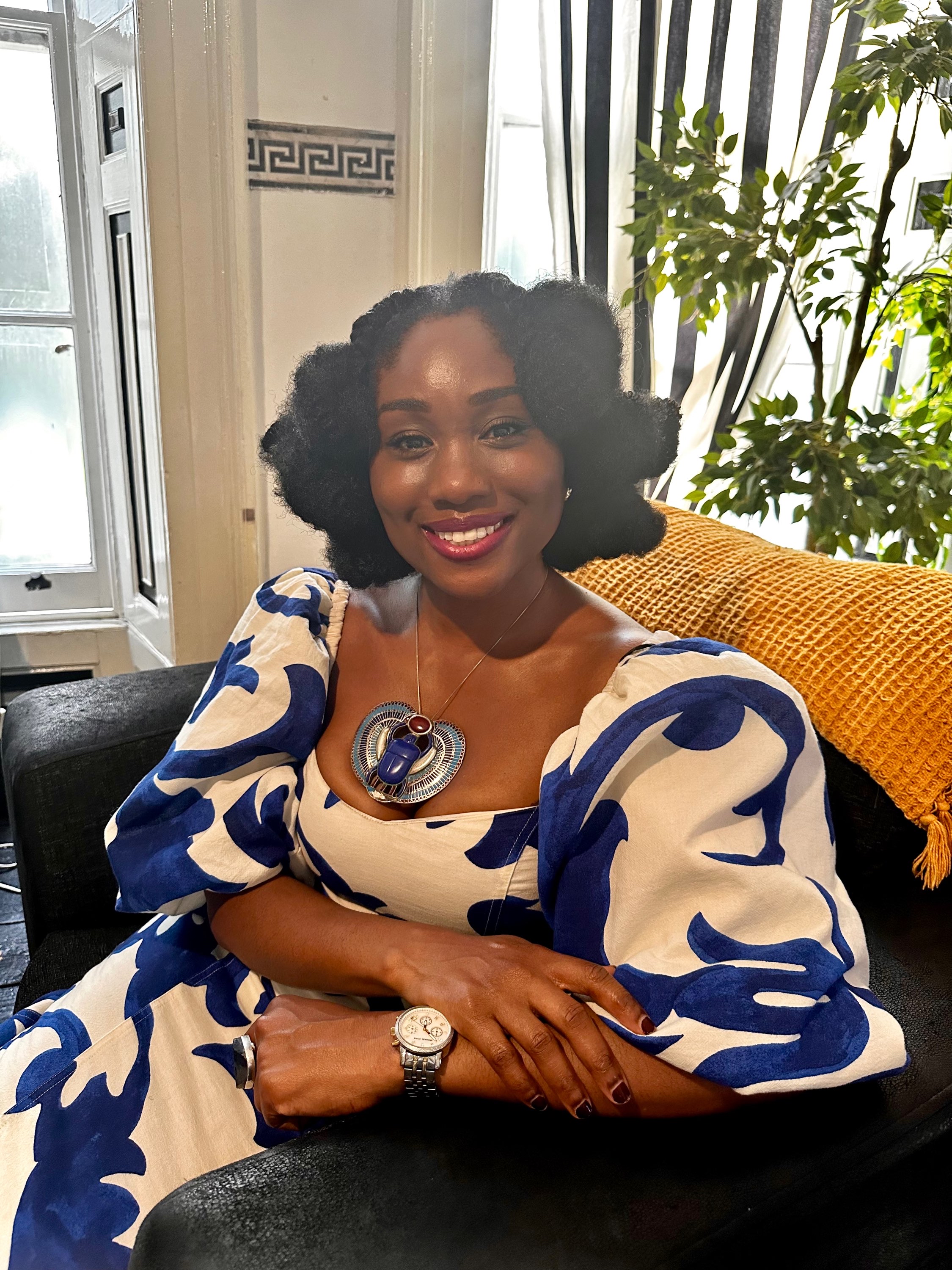Why Bystanders Stay Silent: The Invisible Wounds of Witnessed Injustice
- Novena-Chanel Davies
- Mar 24
- 3 min read
The bystander effect is a well-documented psychological phenomenon where individuals are less likely to intervene in a situation when others are present. Originally studied after the tragic murder of Kitty Genovese in 1964, researchers Bibb Latané and John Darley found that the more people who witness an event, the less likely any one person is to act.
The reasons for this are layered:
• Diffusion of responsibility: “Someone else will do something.”
• Fear of judgment: “What if I speak up and no one backs me?”
• Normalisation of harm: “No one else is reacting… maybe it’s not that bad.”
This can happen in schools, families, workplaces… even in therapeutic spaces. While it may be human, it is never harmless.
The Trauma of Being Witnessed and Abandoned
In therapy, we often work with clients who carry not only the pain of what was done to them, but the pain of who stood by and watched.
The phrase “secondary wounding” is used in trauma literature to describe this: when someone speaks out about harm and is met with disbelief, dismissal, or silence. Studies show this can often cause more long-term psychological distress than the original event.
“The greatest pain I carry,” one client once said, “wasn’t what happened. It was who watched and did nothing.”
In the IERA-Therapy™ framework, we recognise the epigenetic impact of witnessed trauma - the physiological imprint left by harm that is socially ignored or invalidated. Silence does not neutralise trauma; it often intensifies it.
The Power of Being Seen and Stood For
When a person is supported, believed, and defended, especially in the moment of harm - it interrupts the internalisation of shame.
Support can:
• Reduce long-term PTSD symptoms
• Improve emotional regulation and self-worth
• Strengthen a person’s ability to form trusting relationships
• Foster post-traumatic growth
A 2017 study published in Psychological Trauma found that social support following a traumatic event significantly reduces the risk of long-term psychological distress, especially when support is perceived as timely and sincere.
IERA-Therapy™ and Anti-Oppressive Practice
At the Epigenetic Relational Therapy Academy, we train practitioners to understand how trauma is not only a personal experience, but a relational, societal, and historical one.
Our model teaches:
• How injustice operates through silence, complicity, and avoidance
• How to respond relationally and ethically when witnessing harm
• How to help clients heal from witnessed and secondary trauma
• How to embody anti-oppressive presence, rather than passively witness
We believe that silence is never neutral.
That the therapeutic relationship must be a space of accountability, recognition, and repair.
And that healing is more likely when someone sees what happened, and says: “That wasn’t okay.”
Reflection Questions for Practitioners and Students
• When have I been a bystander to harm - either personally or professionally?
• What gets in the way of me speaking up when I see injustice?
• How might I build the capacity to act, even when it’s uncomfortable?
• How do I create space for my clients to process the silence of others?
Final Thoughts
The short film by Fearless Soul is a reminder that justice isn’t only about grand gestures - it’s about the quiet, everyday choices we make to stand beside someone. Especially when it’s hard. Especially when no one else does.
At IERA-Therapy™, we are committed to building a model that honours not only the pain of harm - but the pain of being seen, and left behind.
Join us in this work.
Explore our training in trauma, justice, and relational courage.
Because the world doesn’t need more passive witnesses - it needs more people willing to stand.
Video credit: Fearless Soul – shared for educational and reflective purposes only.
Watch it here:







Comments